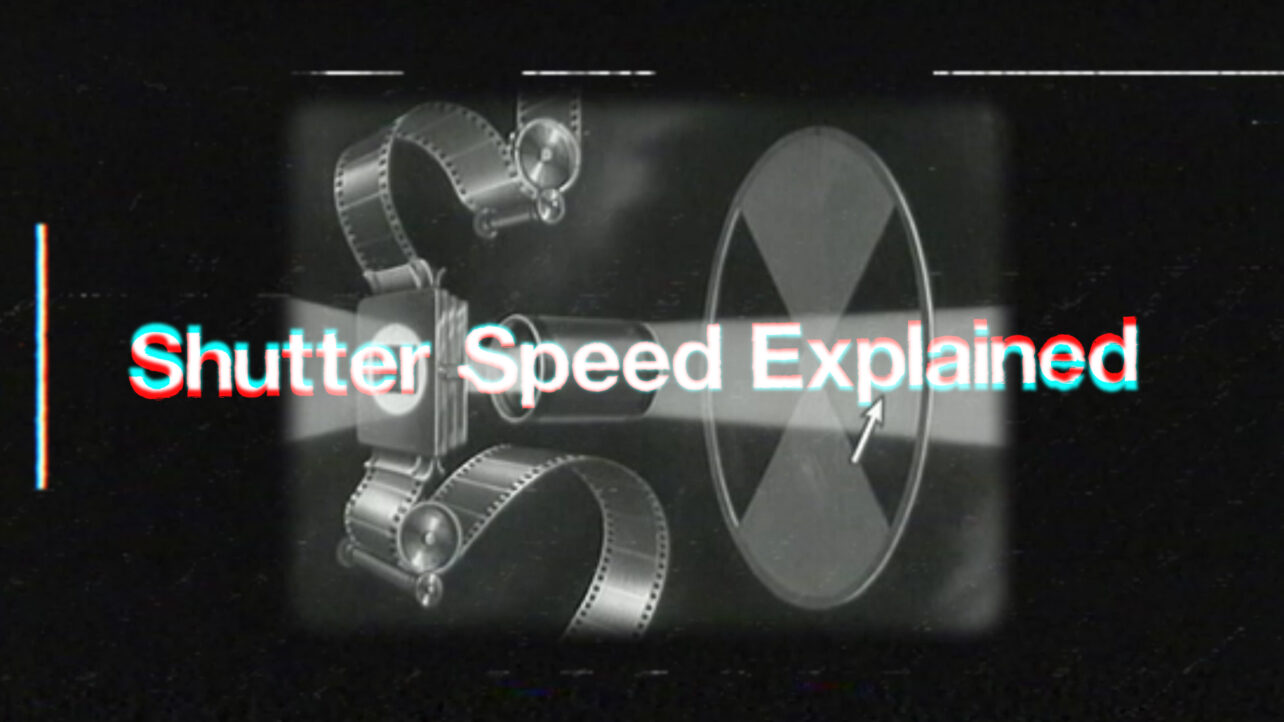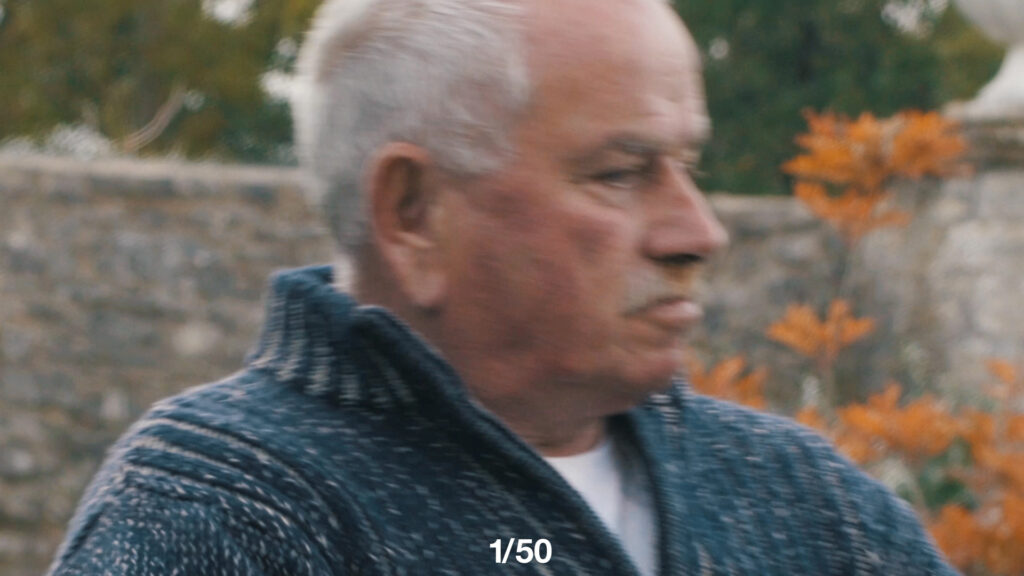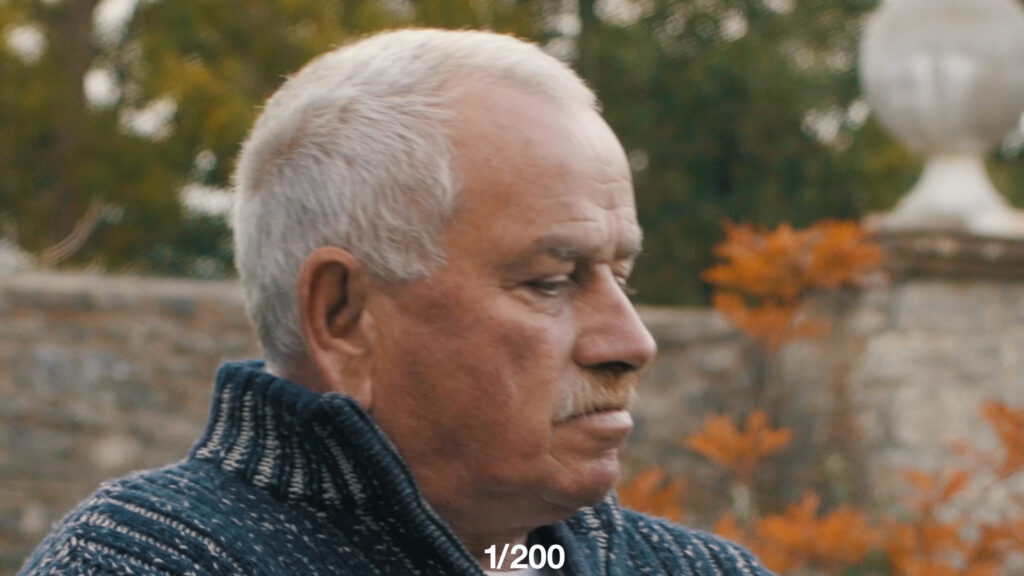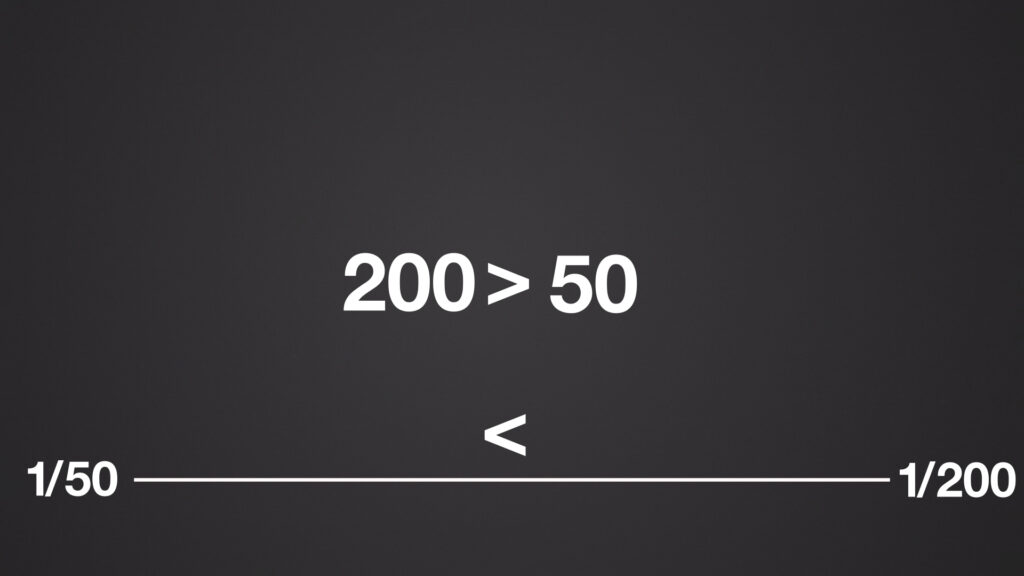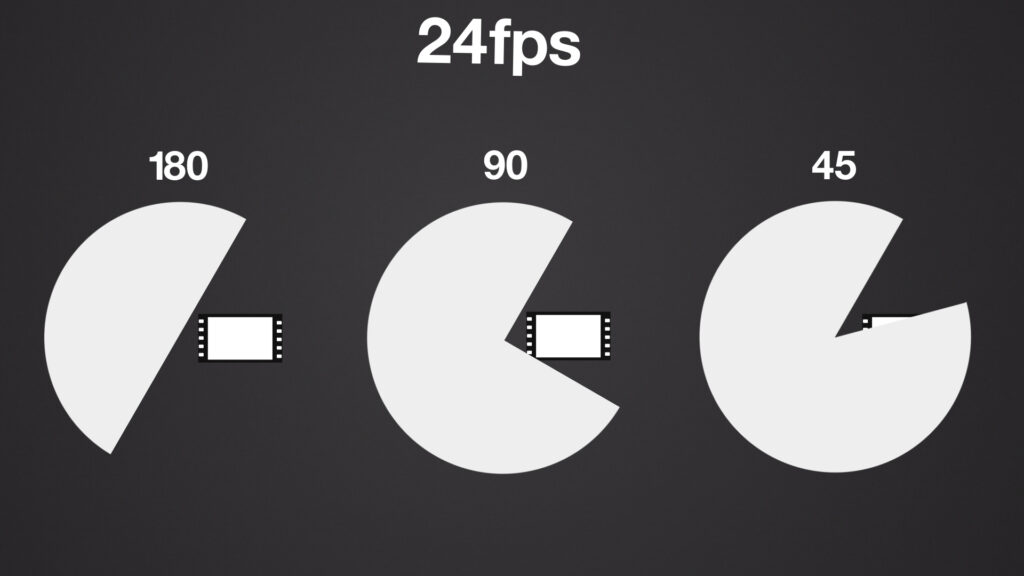Shutter speed is a fundamental aspect of photography and filmmaking, serving as a key ingredient in these artistic pursuits. However, it can also be one of the most challenging concepts for beginners. In this article, we will decipher shutter speed and shutter angle.
For those who prefer auditory learning, the complete contents of this article can be found in the accompanying video tutorial.
What is Shutter Speed
Shutter speed in photography refers to the length of time a camera’s shutter remains open, allowing light to reach the camera’s sensor or film. It is one of the primary controls for adjusting the amount of light that enters the camera and affects the exposure of an image.
Shutter speed is typically measured in fractions of a second, with faster shutter speeds allowing less light and resulting in a shorter exposure time, while slower shutter speeds allowing more light and result in a longer exposure time. Adjusting the shutter speed can also affect how motion is captured in a photograph, with faster shutter speeds resulting in sharper images of fast-moving subjects and slower shutter speeds allowing for intentional blurring or motion trails.
In filmmaking, while we are not capturing still images, the functionality of the shutter speed remains the same. The most frequently utilized shutter speed in filmmaking is 1/48 or 1/50. This signifies that each frame that passes before the sensor is exposed for 1/48th of a second.
The amount of time that a frame is exposed is inversely proportional to the shutter speed. That is, the higher the shutter speed, the shorter the exposure time, and vice versa.
You may observe variations in how your footage responds to different shutter speeds. To illustrate, consider the shots captured at 24fps and shutter speeds of 1/50 and 1/200, respectively. When the footage is paused and magnified to 200%, you may perceive differences in the clarity of the subject as he prepares to stand up.
At 1/50th of a second, the subject is blurred.
At 1/200th of a second, the subject has more clarity.
The blur is negated as 1/200 shutter speed exposes the frame for less time.
This is where it can become confusing for new filmmakers and photographers. Since 200 is a greater numerical value than 50, it may appear that using 1/200 shutter speed would result in a longer image exposure. However, instead of viewing these numbers in terms of length, it may be more helpful to consider them as speed measurements. For instance, going 200mph is faster than travelling at 50mph. The larger the number, the faster the exposure is taken.
So why does a shutter speed of 1/50 make images blurred?
In reality, most actions occur in a fraction of a second. Such movements happen quickly, whether it’s catching something falling from a shelf, firing a game controller trigger to defeat an enemy, or jumping over a wall. This is why slower shutter speeds often result in blurred images.
To create a smooth, natural-looking image that mimics what audiences are accustomed to seeing, it’s a good idea to set your shutter speed at double the frame rate per second. For achieving a cinematic look, the ideal frame rate per second is typically 23.986 or 24 fps, depending on your camera’s capabilities. Therefore, the corresponding shutter speed for this frame rate would be 1/48 second.
However, some mid-range and high-end cameras may not offer a shutter speed of 1/48 second. A shutter speed of 1/50 second can be an acceptable alternative in such cases. While this may technically result in a slight difference in the look and feel of the footage, it is generally not noticeable to most viewers and still allows you to achieve a cinematic look.
What is Shutter Angle?
So, how does this relate to the shutter angle? While these terms may appear dissimilar, they both refer to the same concept; the amount of time that a frame is exposed.
Shutter Angle is the term used to describe the speed relative to the frame rate
The term is a conceptual relic of rotary shutters where a disc with an angled opening would spin and let in light once per revolution to expose each frame. In layman terms, Every time the frame advances the shutter rotates and exposes that frame.
The term shutter angle doesn’t necessarily apply to many modern cameras; for example, the camera on your iPhone doesn’t control the shutter in this way as there is no rotary shutter disk.
All that has happened is angle terminology has stayed the same throughout the technology progression. It merely describes the appearance of motion blur in the video.
- Shutter speed is a time measurement, indicating how long the camera’s shutter remains open to allow light to enter and expose the sensor or film.
- Shutter angle, on the other hand, measures the physical angle of rotation of the shutter blades in a film or video camera. It determines the time that light can pass through the camera’s lens and reach the film or sensor.
A real celluloid camera would have an advancement frame advancement for every rotation. Each frame is exposed to a different amount of time,
Here we have a 180-degree shutter, a 90-degree shutter, and a 45-degree shutter based on the rotary shutter design.
The larger the angle, the slower the shutter speed, the more motion blur.
The smaller the angle, the faster the shutter speed, the less motion blur.
180-Degree Shutter Rule
Earlier, we mentioned the general guideline in film and video production of setting your shutter speed to double the frame rate value, equivalent to a 180-degree shutter angle. But why is this rule of thumb used? There are two main reasons: technical and conscious.
From a technical perspective, setting your shutter speed too high can lead to a smeared appearance of motion, as the end of the blur in one frame extends too close to the start of the blur in the next frame. Conversely, setting your shutter speed too low can cause a stuttered and disjointed appearance as the gap between the blur increases, making frames seem more like discrete images.
On a conscious level, a 180-degree shutter angle produces a natural motion blur that resembles what the human eye perceives in real life. Our brains process visual information in a way that results in motion blur when an object moves in front of us. This blur smooths out movement and creates a more natural appearance. By using a 180-degree shutter angle, filmmakers and cinematographers can replicate this natural motion blur and make the movement in their films appear more realistic.
How To Work out The Shutter Angle
Fortunately, many modern high-end cinema cameras feature a setting that allows you to work with a shutter angle instead of a shutter speed when shooting video. However, if you’re using an older camera that doesn’t have this option, you may need to calculate the appropriate shutter speed for a given angle.
For example, let’s say you want to use a 45-degree shutter angle to capture fast-moving action and achieve a crisp look, as cinematographer Janusz Kamiński did in Saving Private Ryan. It’s important to note that a smaller angle corresponds to a faster shutter speed.
To calculate the shutter speed for a 45-degree angle, start with your frame rate of 24fps and determine how to reduce the full exposure of 360 degrees to 45. Divide 360 by 45 to get 8, then multiply that by your frame rate of 24 to arrive at a shutter speed of 1/192.
If you’re shooting at 24 frames per second, you may find the following chart of commonly used shutter angles helpful.
Understanding the concepts of shutter speed and shutter angle is an essential part of filmmaking, but the most critical aspect is how we can use this knowledge to tell a compelling story.
For instance, as mentioned earlier, cinematographer Janusz Kamiński utilized a small shutter angle to achieve a staccato look in Saving Private Ryan. By selecting a fast shutter speed, he created a sharp and choppy visual style that helped to convey the chaotic and frenzied atmosphere of the film’s battle scenes. This creative use of shutter speed and angle is just one example of how filmmakers can employ technical elements to enhance the narrative and create a more impactful visual experience for the audience.
In an interview, Steven Spielberg said:
You can also see several explosions, and Janusz came up with the idea of shooting with the shutter open to 45 degrees or 90 degrees, which completely negated any blurring. Often, when you see an explosion with a 180-degree shutter it can be a thing of beauty, but a 45-degree shutter looks very frightening.
What if we decrease our shutter speed and expand the angle? This produces an effect akin to the character being dizzy or under the influence of poison. (Refer to the video tutorial for examples.) This is achieved entirely through in-camera techniques, without the need for post-production effects.
By now, you should clearly understand how shutter speed and angle work and how to use them to enhance your storytelling.
For more on cinematography, check out these articles.

